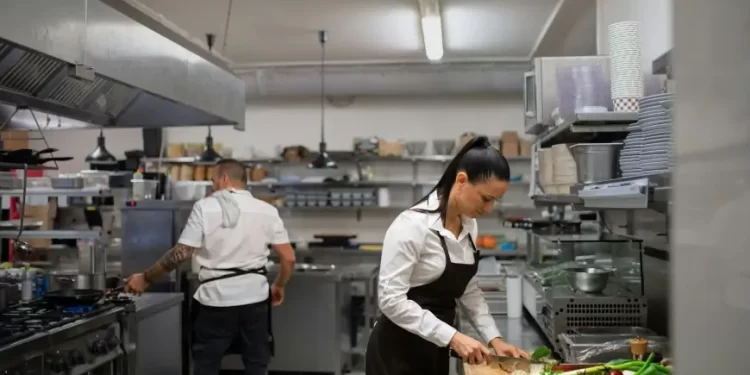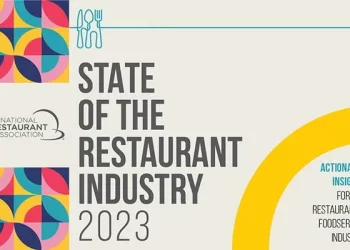
A latest article highlights the rising problem amongst U.S. restaurant leaders relating to the management of kitchen temperatures. Excessive building prices and shortage of actual property are driving extra eating places to adapt nontraditional areas like former retail packing containers, which current more difficult HVAC points. Mismanaged kitchen temperatures can result in workers discomfort, elevated worker turnover, and better power payments.
The article authors, Brent Tweedy and Brad Martsching from HFA Structure + Engineering, clarify the significance of correct HVAC design in eating places. Engineers overseeing a restaurant’s HVAC design should guarantee constructive constructing stress, which means the air contained in the area should switch to the skin via openings within the constructing. If improperly dealt with, the restaurant can grow to be an energy-intensive institution that’s tough to chill.
A major concern is the discomfort attributable to poorly conditioned kitchens, usually resulting in larger turnover amongst line cooks and elevated power payments. Two nationwide rooster chains have sought options to this problem by exploring alternatives to interchange rooftop models with Devoted Outside Air Programs (DOAS). These methods enable eating places to keep up constructive stress and situation the skin air as it’s pulled into the constructing.
A quick-expanding ghost kitchen, prioritizing the consolation of line cooks, systematically critiques its portfolio to know how its kitchens are functioning. The purpose is to create standards for avoiding discomfort and different points sooner or later. At some nontraditional areas, it may be essential to search out workarounds to extra conventional HVAC methods.
The authors stress the significance of restaurant leaders consulting with their structure and engineering (A+E) crew early within the site-selection course of to completely perceive what will probably be required to realize kitchen consolation earlier than transferring ahead with buildout. They concluded by emphasizing that HVAC design considerably impacts the consolation, security, and effectivity of restaurant buildings and areas. Poor dealing with may result in overheating kitchen workers, whereas appropriately managed HVAC methods guarantee a snug working setting.
In conclusion, controlling kitchen temperatures is more and more changing into a big concern for U.S. restaurant leaders. As extra eating places transfer into nontraditional areas as a result of excessive building prices and the shortage of actual property, they face advanced HVAC challenges. Poorly managed HVAC methods can result in workers discomfort, larger worker turnover, and greater power payments. Subsequently, restaurant leaders should work intently with their A+E groups to make sure an acceptable HVAC design that ensures consolation, security, and effectivity of their institutions.
Uncover extra at HFA Architecture + Engineering.







